Este post também está disponível em:
Português
English
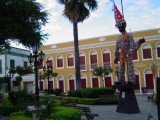
The region of Cariri in Ceará is a privileged place, with regard to its location, because strategically located in the south of Ceará, it borders three states: Piauí, Pernambuco and Paraíba.
Located in the south of the state, in the Cariri region, the Araripe Plateau is on the border between Ceará and Pernambuco and is an ecological reserve; ecological reserve that brings together natural sources,falls and paleontological sites.
The Chapada do Araripe is one of the 5 main chapadas in Brazil.
Chapada do Araripe is an ecological reserve in the south of Ceará.
Cariri Cearense besides having natural and cultural attractions of immense beauty and importance, which makes it a center of ecological and cultural tourism.
And this northeastern region, contains a cultural climate, practically genuine, and in its surroundings with the natural beauties of Chapada do Araripe and its national forest; with religiosity and faith to Padre Cícero; with its museums; its mythological and paleontological sites; its social projects; in addition to its rich cuisine and crafts.
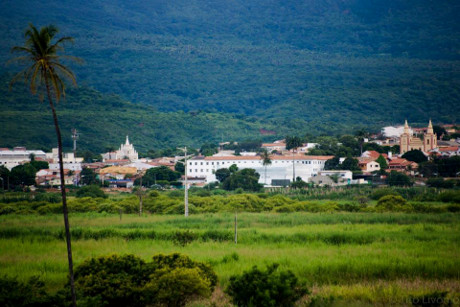

Barbalha no Ceará
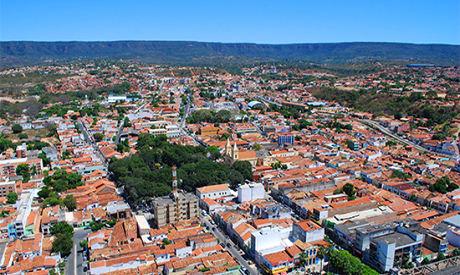
Crato no Ceará
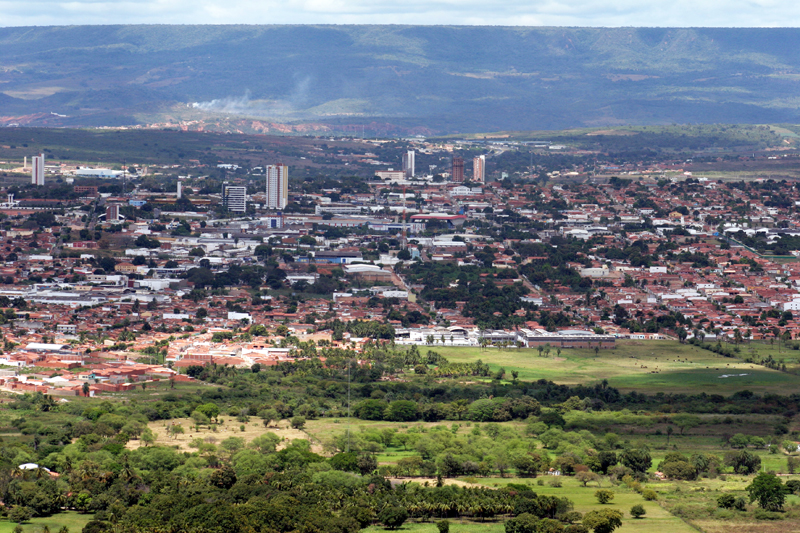
Juazeiro do Norte no Ceará
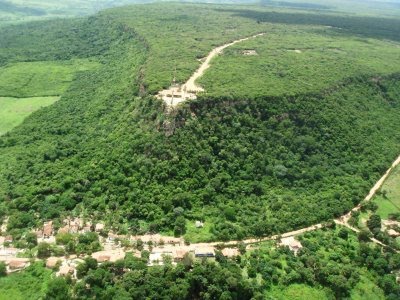
Geopark Araripe no Ceará
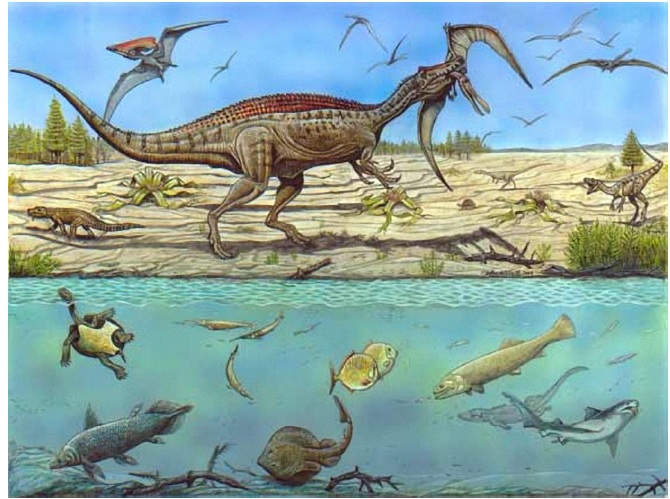
Museu de Paleontologia de Santana do Cariri
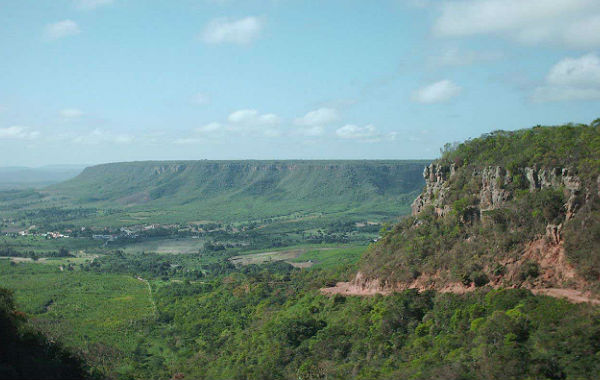
Floresta Nacional do Araripe
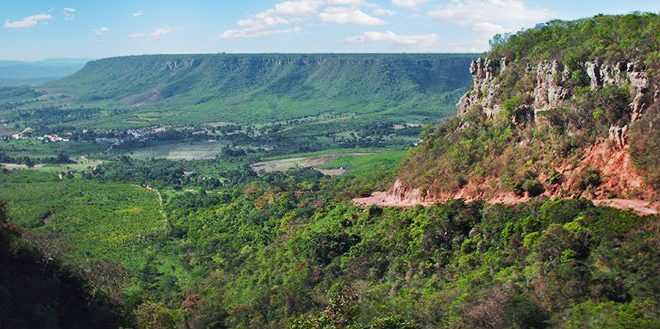
Chapada do Araripe Patrimônio da Humanidade02:05
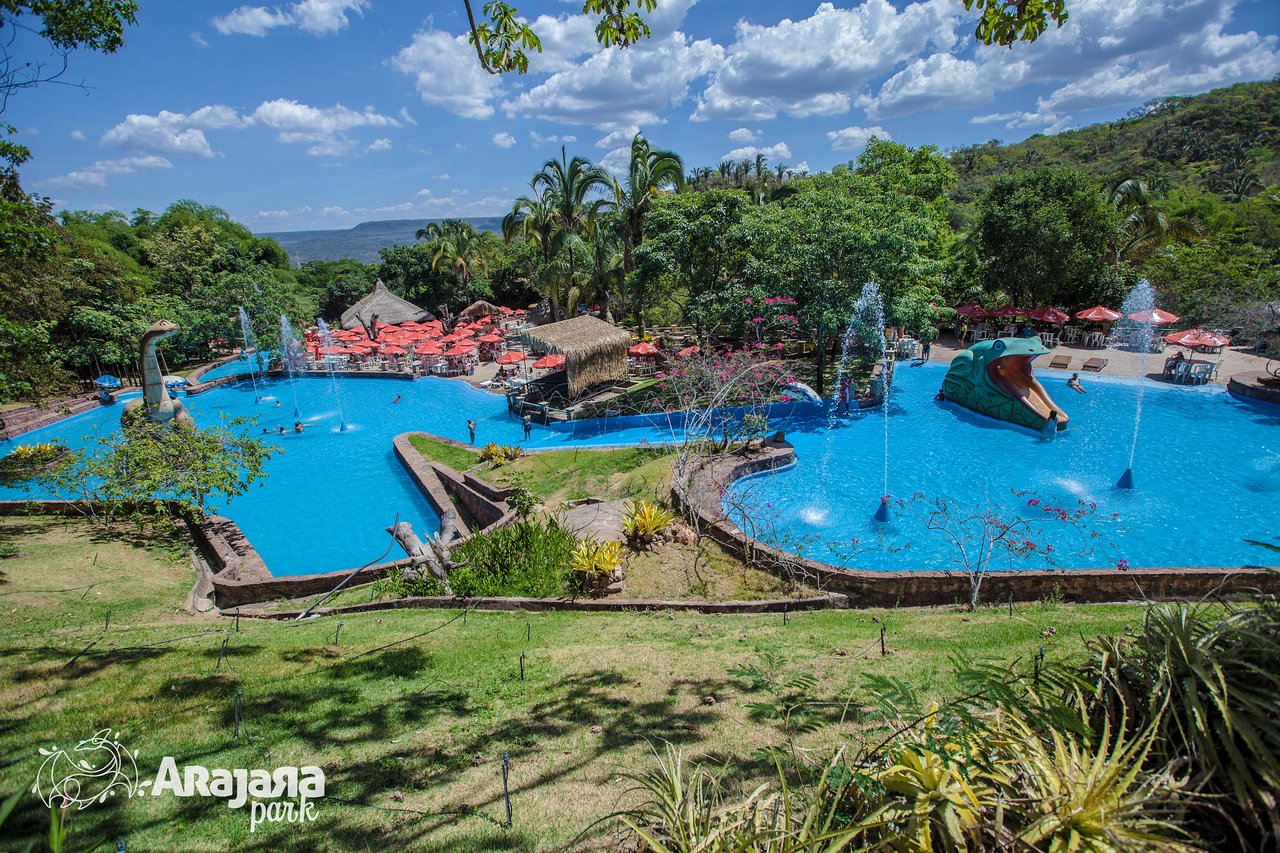
Arajara Park no Cariri04:26
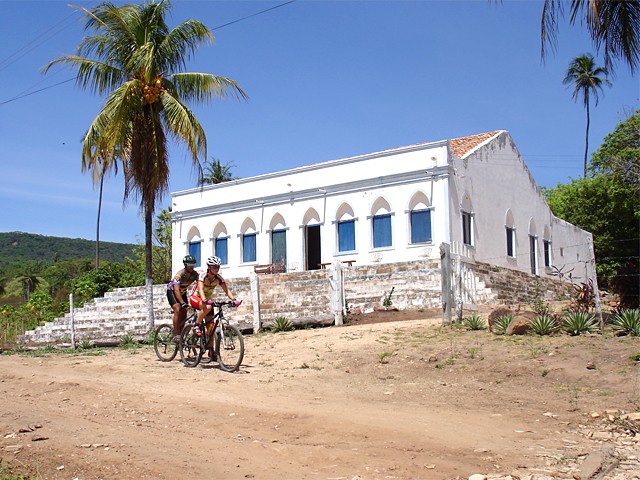
O que fazer em Juazeiro, Barbalha, Crato e Santana
What to do in Cariri?
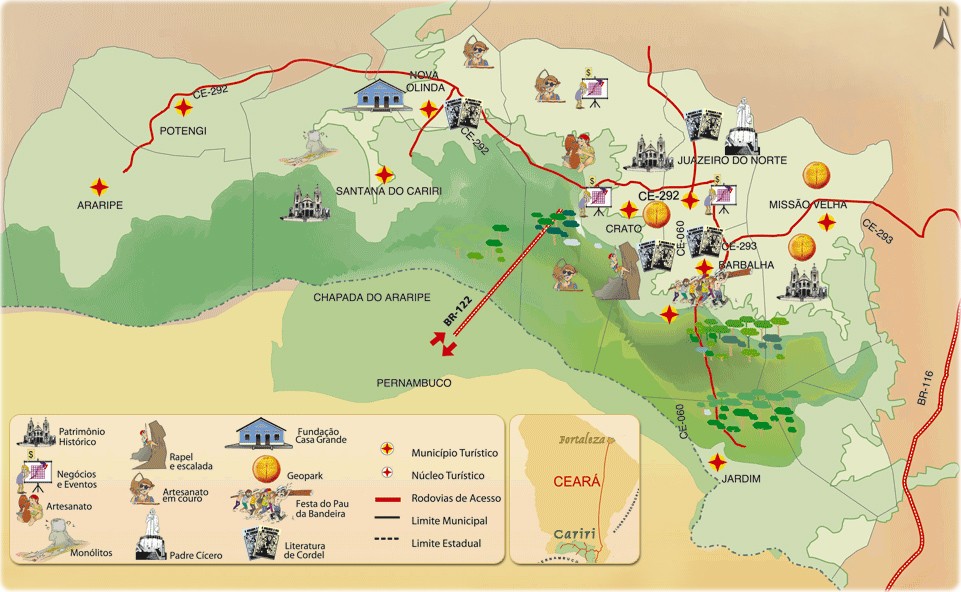
With ample tourist potential, the city stands out in the region of Cariri for having attractions of various natures.
This activity generates great income for the municipality.
Ecological tourism
As it is located on the slopes of Chapada do Araripe, the city has a vast area of native forest full of mineral water sources and ecological trails.
In addition to the environmental protection area of Chapada do Araripe, private ecological reserves are found throughout the foot of the mountain in the city giving protection and preservation to the important ecosystem of regional flora and fauna, including for endangered species.
Riacho do Meio Ecological Park
It houses an ecological site of the Araripe Geopark where there are fountains and mineral water spouts and marked trails for visitation.
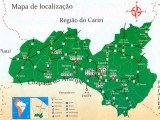
No prior authorization is required to visit the site, but the company of a tour guide is indicated, despite the fact that the signage on the trails is good, sufficient and in good condition.
Balneário do Caldas
Located in the district of Caldas at an altitude of more than 700 meters, it is a leisure place with swimming pools, waterfalls, restaurants and sports courts.
The resort has two natural hot springs. Summer chalets and the Hotel das Fontes complete the structure of the spa.
Arajara Park
Located in the Arajara district, the theme park is 920 meters above sea level. Swimming pools, water slides and leisure equipment, as well as a restaurant and bars are available to tourists and locals. It also has a private reserve that has an ecological trail open to visitors.
On the tour it is possible to observe the Soldadinho do Araripe, a typical bird of the region, in its natural habitat. The trail ends at the Gruta do Farias, one of the main mineral water sources of the Chapada do Araripe. It was inaugurated on April 21, 2002 and licensed by SEMACE and IBAMA.
Historical tourism
Barbalha stands out in the region for having a vast and preserved architectural site composed of several public and private buildings, which attracts scholars and those interested in historical tourism.
With about 40 buildings, the houses of the Historic Center of Barbalha are characterized by the architecture of the imperial period with buildings built in the 18th and 19th centuries.
The Historic Center of Barbalha is located in the city center, in an area that comprises approximately 20 streets.
Its limits range from the surroundings of the Rosário Square to the Nossa Senhora de Fátima College Square and from Vidéo Street to Engenheiro Dória Square (Station). In addition to the historic Igreja Matriz de Santo Antônio and Igreja de Nossa Senhora do Rosário, buildings such as the old Casarão Hotel and Palácio 3 de Outubro are part of the composition.
Rural tourism
The rural area of the city has several communities that live basically from agriculture, with emphasis on the cultivation of sugar cane and the making of rapadura.
The visitation to the mills and the opportunity to know and try the typical sweet of the city at the time it is being made, attracts many people to the sites, mainly pilgrims, who come from Juazeiro do Norte at times when religious pilgrimage reaches its peak.
It is very common for crowded buses to visit the mills at Sítio Venha-Ver.
The rural corridor that goes from the Venha-Ver site to the district of Estrela, where most of the mills in the region are concentrated, stands out.
Religious tourism
The religiosity of the people of Cariri comes from the settlement led by the Capuchin order.
Its main characteristic is the mysticism of charm and faith. The pilgrimage and the cult of Padre Cícero, in Juazeiro, are the greatest manifestation of the region.
In the municipality of Barbalha, during the festival of Santo Antônio, or as it is popularly known the “Festa do Pau da Bandeira”, thousands of faithful take to the streets to pay homage to the patron saint and to follow the passage of a large wooden trunk that is carried by hundreds of devotees.
Another manifestation of faith is the ritual of the Penitentes with the Caretas, followers of self-flagellation as a request for forgiveness for sins committed.
Culture and folklore
Considered one of the largest granaries of popular culture in the interior of Brazil, it attracts thousands of tourists every year during the festivities of the patron saint Santo Antônio.
There are several folkloric groups and folguedos juninos composed of citizens of the various rural communities and neighborhoods of the city. The concern to pass on cultural traditions from father to son makes the inclusion of young people in folklore groups a common practice in the area. The young people are taught by the “masters” who coordinate the groups.
Festa de Santo Antônio
The biggest popular festival in the city takes place in June and is alluded to the patron saint of the city, Santo Antônio.
The festival lasts an average of 15 days and is one of the largest June festivals in Brazil. In addition to the traditional religious trezena in honor of the patron saint, there are social festivities such as quermesse and large concerts in the City Park.
The festival begins with the Pau da Bandeira day, a local tradition with more than 100 years of existence. On this day, the first of the Feast of Saint Anthony, the devout men go at five o’clock in the morning in search of the mast, previously chosen and prepared, in a place located at the foot of the mountain 6 km away from the city center.
Accompanied by a crowd of people, the men carry the Pau da Bandeira on their shoulders to the front of the Mother Church of Saint Anthony to raise the flag of the patron saint and symbolize that the city is celebrating.
Geosítio Pedra Cariri
The abundance of fossils is so great in the Araripe Plateau that small specimens of them can be seen on the walls and floors of the houses in the region, thanks to the custom of using laminated limestone, known as Pedra Cariri, for the finishing.
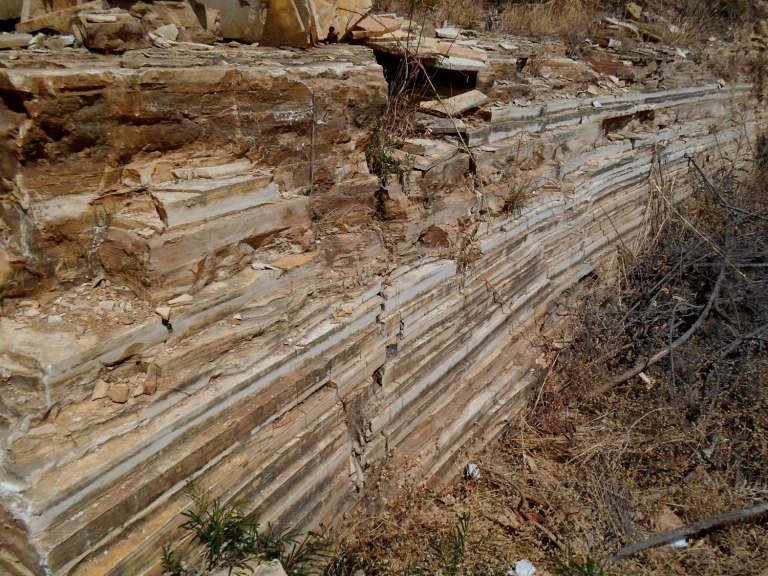
Geossítio Pedra Cariri
There are entire houses built with these stones, which move much of the economy of Cariri Oeste, especially the cities of Santana do Cariri and Nova Olinda.
Thus, nothing more natural than the Araripe Geopark to have chosen a carving to exemplify this economic culture, and also show the wealth present in the rocks.
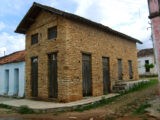
Not only that, there is a careful work in raising awareness among workers, who from time to time end up finding rich specimens. Many of these are in the Museum of Paleontology of Santana do Cariri.
They are flowers, plants and little fishes that, due to the enchantment of the years, have turned to stone.
A tip is to cross the street and see what is happening with the extraction in a mega carved in front of the geosite. There are trucks collecting tons of stones, and a large graveyard of broken limestone remains.
The carving is on the road to Santana do Cariri. It is 3 km between the center of Nova Olinda and the geosite. If it weren’t for the punishing sun, you could go on foot.
Main cities of Cariri
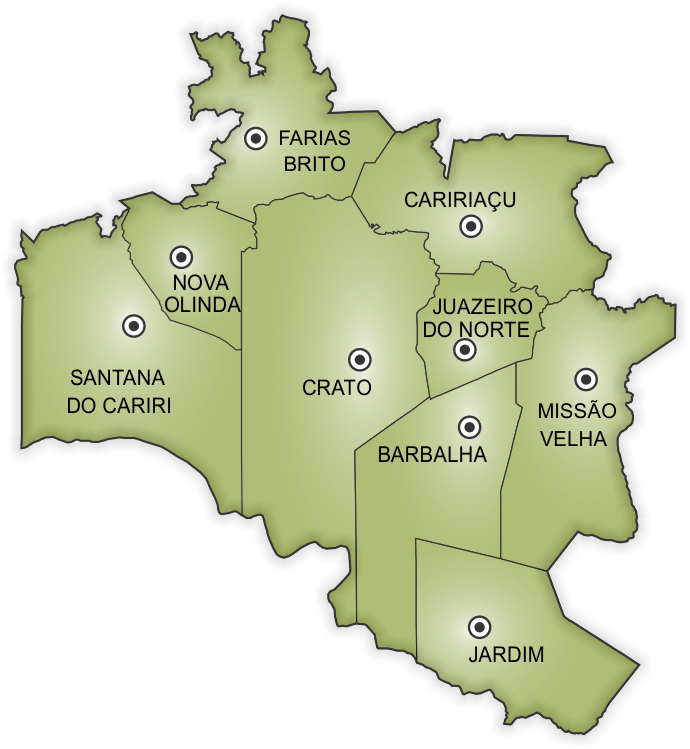
1. Barbalha
Barbalha is a Brazilian municipality in the state of Ceará. It is located in the Metropolitan Region of Cariri, Mesoregion of South Cearense.
Distant 553 kilometers from the state capital, Fortaleza.
June is a good month to visit Barbalha! It is the time of the Pau da Bandeira Festival, traditional in the region.
The festival is recognized as Brazilian Cultural Heritage by the National Institute of Historical and Artistic Heritage (Iphan), and has several cultural manifestations in the city.
It is also possible to visit Arajara Park (water park) and Balneário Caldas, with natural mineral water fountains and pools.
It also has Engenho Tupinambá, Cable Car and houses / museums of the masters and masters of Barbalha. A precious experience can be had at Sítio Cabeceiras, where the Incelenças and Penitentes live, women and men who sing at wakes.
at wakes.
2. Missão Velha
Missão Velha has natural heritage such as the Missão Velha waterfall and points where there is a large concentration of fossils. For these and other reasons, Missão Velha is part of the only Geopark in Latin America, created by the government of the state of Ceará.
3. Nova Olinda
Nova Olinda is a city and a municipality in the state of Ceará, Brazil. It is located in the microregion of Cariri, mesoregion of Sul Cearense, Metropolitan Region of Cariri. The municipality has about 13 thousand inhabitants and 291 km². It was created in 1957.
The city of Nova Olinda reserves good options for visitors: archeology, folklore, crafts and nature. It also preserves the Church of the Patron Saint São Sebastião, an example of the beautiful architecture of its buildings.
Nova Olinda gathers the most diverse charms;
At the Casa Grande Foundation – Memorial of the Kariri Man, the memory of the Kariri Indians is discussed. The place rescues the history of the primitive peoples of the region, besides the myths and legends.
In the city, there is also the Geossitio stone bridge, where you can see rock inscriptions.
4. Santana do Cariri
Initially called Brejo Grande, the locality was inhabited by the indigenous tribe called Buxixés. Its origins date back to the late eighteenth century, when settlers from Casa da Torre, in Bahia, asked for and obtained land on the banks of the Brejo Grande Creek, now the Cariús River.
Given the geologically favorable conditions for livestock and, above all, agriculture, there was rapid development of the stronghold, attracting new residents. With the help of residents, a chapel was erected in praise of Senhora Santana, site of the current Matriz. The elevation of the camp to the category of village took place in 1885.
The Municipality of Santana do Cariri comprises a territorial base of 856km and is located 550km from Fortaleza. It has a population of 17,181 inhabitants, according to the IBGE census conducted in 2010.
It is known for having an exceptional fossiliferous heritage.
It houses the Museum of Paleontology of the Regional University of Cariri – URCA and attracts more visitors annually than the number of residents in the municipality.
The city also stands out for the production of handicrafts with the paleontological theme, with the reuse of materials such as: pet bottles, soda cans or even the tailings of limestone mines. All these factors contribute to Santana do Cariri having received the title of Capital Cearense of Paleontology, from the Government of the State of Ceará.
The Museum of Paleontology gathers more than 7,000 fossil pieces, dating from geological periods such as the Jurassic and Cretaceous, between 145 and 100 million years ago. Replicas of living beings that inhabited our planet before the existence of man can be purchased at the museum.
From Pontal da Santa Cruz, tourists can observe a privileged scenario of Santana do Cariri and the valley, as well as the sunset from the panoramic view offered by the belvedere, as one of the most beautiful postcards of Cariri.
Tourist Spots of Santana do Cariri
– Museum of Paleontology of URCA
The Museum of Paleontology of the Regional University of Cariri (URCA) of Santana do Cariri was founded in 1985 by the municipal government of Santana do Cariri, being the then municipal mayor, Plácido Cidade Nuvens. In 1991, the Museum was donated to the Regional University of Cariri – URCA, becoming part of the university structure as a research and extension center.
From 1997, through the project of implantation of the Paleontological Complex of Chapada do Araripe, the Museum became a propeller of paleontological research, in the dissemination of science and in the support to the culture of Cariri.
Also, through the Technological Dissemination Center, the museum regularly offers courses, training, meetings, lectures and represents a logistical support point for researchers from all over the world.
The Museum also has a specialized bibliographic collection (Geology, Biology, Paleontology, Chemistry, Physics, among others), a scientific exchange center, a video library and audiovisual resources.
The Museum of Paleontology of URCA in Santana do Cariri maintains permanent fossil excavation projects throughout the Araripe Basin, as well as systematic collection of fossils in the excavation fronts of the laminated limestone, in the municipalities of Nova Olinda and Santana do Cariri.
This program is the main tool against clandestine exploitation and trafficking of fossils in the region. The museum receives, on average, 900 visitors per month, being one of the main visitor centers in the Cariri Valley region.
Its current collection houses several groups of fossils, and its largest representatives are: petrified trunks (by silicification), impressions of ferns, pines and plants with fruits; molluscs, arthropods (crustaceans, spiders, scorpions and insects); fish (sharks, rays and various bony fish), amphibians and reptiles (turtles, lizards, crocodilians, pterosaurs and dinosaurs).
All this fossiliferous material comes mainly from the Missão Velha and Santana Formations (Crato, Ipubi and Romualdo members) of the Araripe Basin.
The URCA Paleontology Museum in Santana do Cariri is open from Tuesday to Saturday, from 8am to 4pm, and on Sunday, from 8am to 2pm. For group visits must be made prior appointment with the Museum administration.
– Mother Church of Nossa Senhora Santana
– Mansion of Colonel Felinto Cruz (Historical Museum)
– Pontal da Santa Cruz
5. Juazeiro do Norte
Thousands of faithful visit Juazeiro do Norte throughout the year, either to pay promises or just pray for the memory of Padre Cícero, the greatest myth of Northeastern religiosity.
The movement is great on March 24 and July 20, dates of birth and death of the religious; and also in September, when the Feast of Our Lady of Sorrows takes place. No event, however, surpasses the Day of the Pilgrim, celebrated on November 1 with masses, processions and “waving of straw hats”, a collective recreation of the gesture with which the priest greeted the people.
The city’s postcard is the 25-meter-high statue of “Padim Ciço”. Installed on Horto Hill, it offers a panoramic view and houses a chapel and a museum where personal objects, paintings and photos of the religious are exhibited.
The pilgrims’ itinerary also includes the sanctuary of the Heart of Jesus, the parish church of Our Lady of Sorrows and the chapel of Perpetual Help, where the priest is buried.
To entertain the little ones, extend the tour to the Paleontology Museum of Santana do Cariri, 18 kilometers away. The archaeological site is among the most important in the country, bringing together more than seven thousand fossils of fish, insects, reptiles, amphibians and plants. Arajara Park, in Barbalha (28 km), offers swimming pools, water slides and rapids.
When shopping, visit the Mestre Noza Popular Culture Center, with wooden and clay sculptures. To buy religious pieces – images of Padre Cícero, plaster and stone powder saints, rosaries and medals – head to the shops near the churches and shrines.
Juazeiro is also famous for its cuisine, with baião-de-dois with pequi as the flagship dish. Also eye-catching are the cheese from the land, the carne de sol with macaxeira and the salty mugunzá, made with corn, beans, jerky and ox mocotó.
6. Crato
In the city of Crato there are museums of History of Crato; of Natural History of Urca and of Fossils (as well as in Santana do Cariri).
There is also Praça da Sé, Caldeirão da Santa Cruz do Deserto, Geoparque Araripe, Geosítio Batateiras and Parque do Sítio Fundão. Good itinerary for those who like ecological trails. There is also the Lameiro Waterfall, which provides a wonderful view to the tour.
Tourism and Travel Guide of Cariri, Barbalha, Missão Velha, Santana do Cariri, Crato and Juazeiro do Norte in Ceará



















